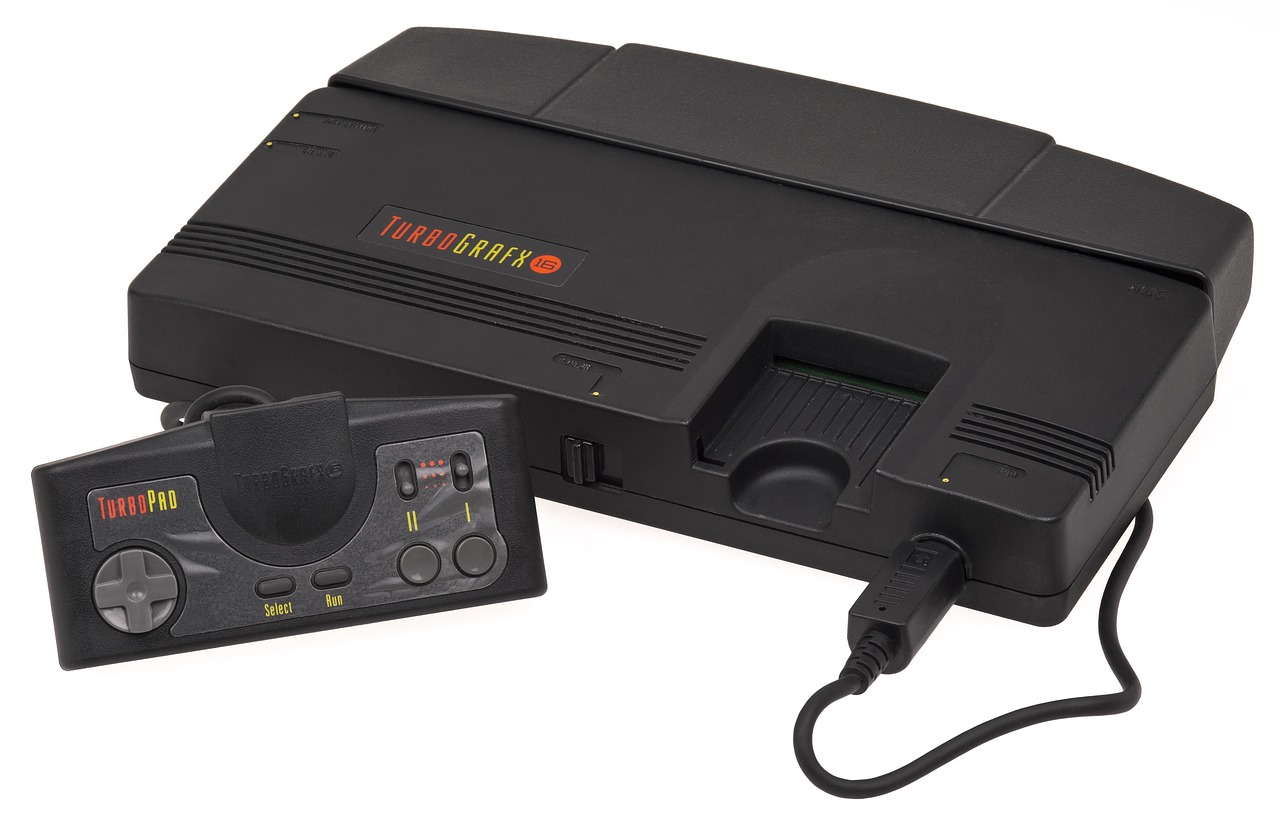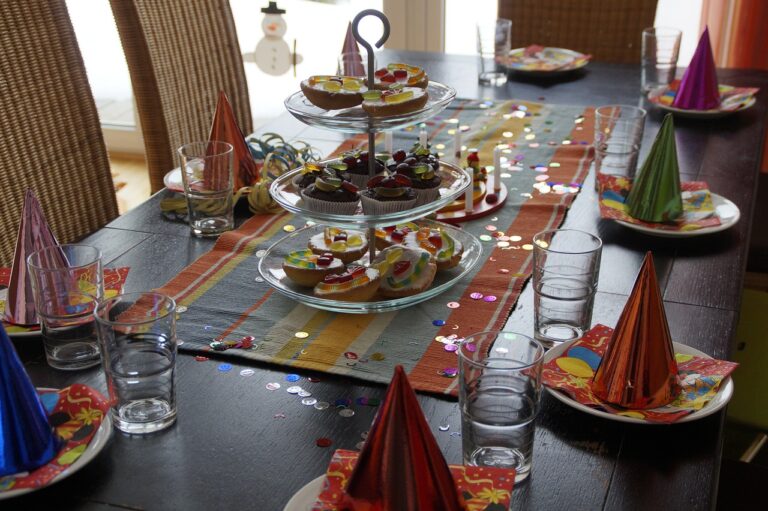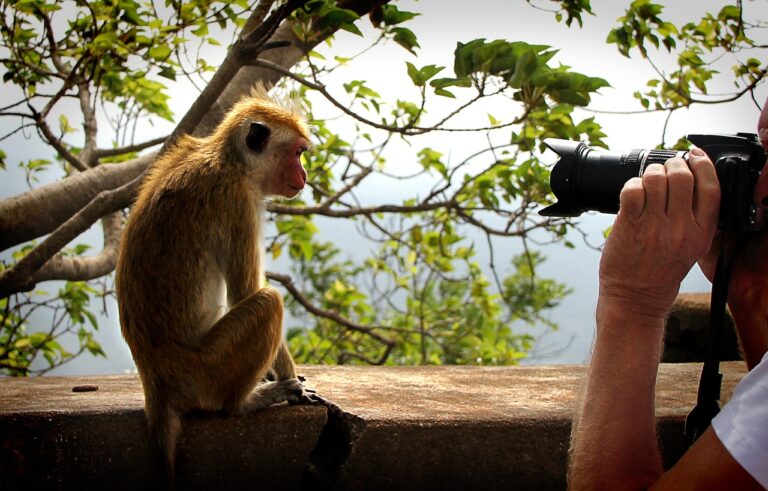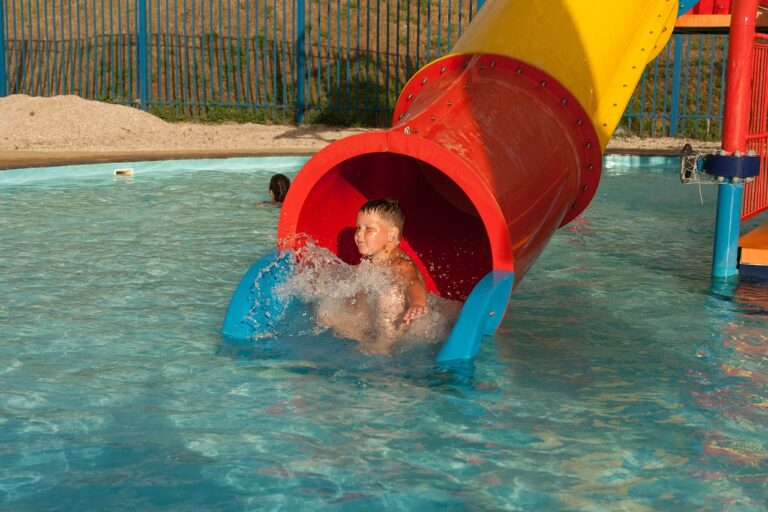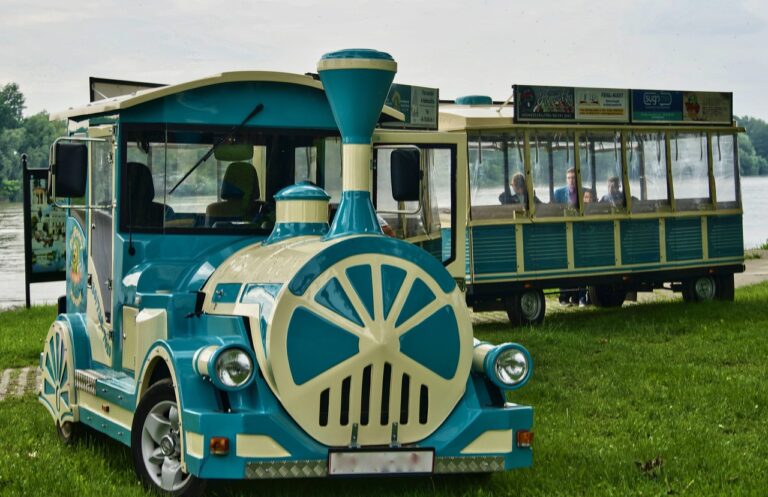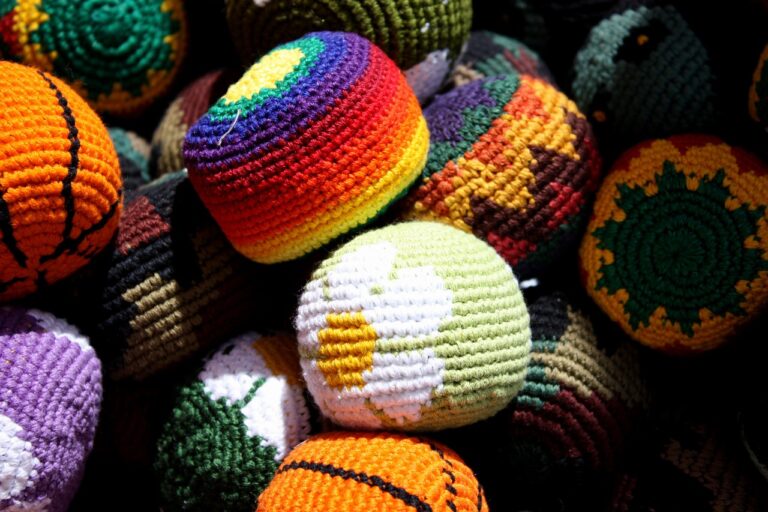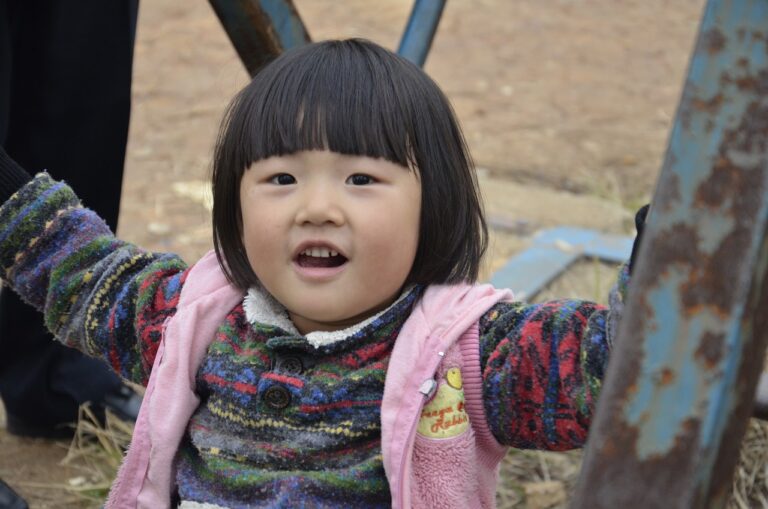The Role of Special Effects in Creating Iconic Movie Scenes
Special effects have played a crucial role in shaping the way we experience movies and television shows. From the earliest days of cinema to the cutting-edge technology of today, special effects have been used to create unforgettable moments that leave a lasting impression on audiences. In this article, we will explore the role of special effects in creating iconic movie scenes, from the practical effects of classic films to the digital wizardry of modern blockbusters.
The Evolution of Special Effects
Special effects have come a long way since the early days of cinema. In the early 20th century, filmmakers relied on practical effects such as matte paintings, miniature models, and in-camera tricks to create fantastical worlds on screen. These practical effects were limited by the technology of the time, but they laid the foundation for the groundbreaking visual effects that would come later.
With the advent of computer-generated imagery (CGI) in the 1980s, filmmakers gained a powerful new tool for creating realistic and immersive special effects. CGI allowed filmmakers to create almost anything they could imagine, from alien worlds to larger-than-life creatures. The use of CGI has only grown more sophisticated over the years, with filmmakers pushing the boundaries of what is possible on screen.
Creating Memorable Movie Moments
Special effects can be used to enhance a film in a variety of ways, from creating fantastical worlds to bringing mythical creatures to life. One of the key roles of special effects is to immerse the audience in the story and create a sense of wonder and excitement. Whether it’s a thrilling chase scene or a dramatic battle, special effects can elevate a movie scene to new heights and leave a lasting impact on viewers.
Special effects can also be used to create emotional moments that resonate with audiences. From the heartbreaking destruction of a beloved character’s home to the awe-inspiring beauty of a futuristic cityscape, special effects can evoke a wide range of emotions and add depth to a film’s storytelling. By using special effects thoughtfully and creatively, filmmakers can create movie scenes that stay with audiences long after the credits have rolled.
The Magic of Practical Effects
While CGI has revolutionized the world of special effects, practical effects still have a place in modern filmmaking. Practical effects, such as animatronics, puppetry, and practical makeup, can create a sense of realism that is difficult to achieve with CGI alone. Practical effects can also give actors something tangible to interact with, helping to create more authentic performances on screen.
Some of the most iconic movie scenes of all time have been created using practical effects. From the realistic dinosaurs of Jurassic Park to the iconic creatures of Star Wars, practical effects have helped to bring some of cinema’s most memorable moments to life. While CGI has its place in modern filmmaking, practical effects continue to be valued for their ability to create a sense of realism and authenticity that is hard to match with digital effects.
The Future of Special Effects
As technology continues to advance, the possibilities for special effects in film are endless. Filmmakers now have access to a wide range of tools and techniques for creating stunning visual effects, from advanced CGI software to cutting-edge motion capture technology. The future of special effects is sure to be filled with even more groundbreaking innovations and dazzling visuals.
One of the most exciting developments in special effects is the rise of virtual production techniques, which combine physical sets with digital environments to create a seamless blend of practical and digital effects. Virtual production allows filmmakers to create complex and immersive worlds in real time, giving them more creative control and flexibility than ever before. With virtual production, filmmakers can bring their wildest imaginings to life on screen with unprecedented realism and detail.
FAQs
What is the difference between practical effects and CGI?
Practical effects are physical effects that are created on set, such as animatronics or puppetry. CGI, on the other hand, is created using computer software to generate visual effects that are added to the film in post-production.
How do filmmakers decide whether to use practical effects or CGI?
Filmmakers choose whether to use practical effects or CGI based on the specific needs of the scene. Practical effects are often used when a physical presence is required on set, while CGI is used for scenes that are impossible or impractical to film in real life.
What are some examples of iconic movie scenes created using special effects?
Some examples of iconic movie scenes created using special effects include the destruction of the Death Star in Star Wars, the dinosaurs of Jurassic Park, and the flying car sequence in Harry Potter and the Chamber of Secrets.
How has the use of special effects evolved over time?
The use of special effects has evolved from practical effects in the early days of cinema to the advanced CGI of today. Filmmakers now have access to a wide range of tools and techniques for creating stunning visual effects, allowing them to bring even the most fantastical worlds to life on screen.
Special effects have played a crucial role in creating some of cinema’s most iconic movie scenes. From the practical effects of classic films to the digital wizardry of modern blockbusters, special effects have helped filmmakers to create immersive and unforgettable moments that stay with audiences long after the credits have rolled. With the continued advancement of technology, the future of special effects is bound to bring even more groundbreaking innovations and dazzling visuals to the big screen.

